Bushings and transmission hubs are used in all types of applications to secure components such as pulleys, sprockets or couplings onto a shaft.
We have bushings and hubs available in a wide range of models with specific advantages in power transmission applications ranging from automotive to paper making.

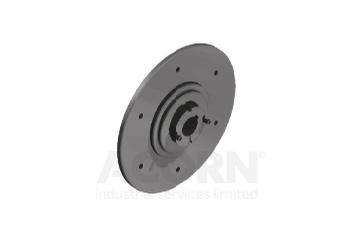
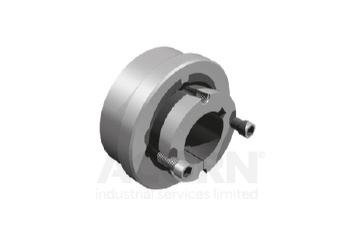
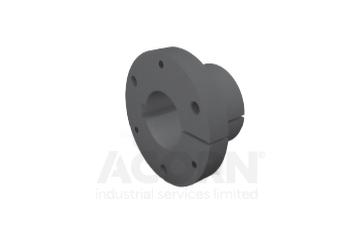
Bushings and hubs come in a broad spectrum of both metric and imperial bore sizes.
They are constructed from top-grade steel, ensuring durability and longevity.
These components can be effortlessly installed and taken off with the use of simple tools.
The weld-on hubs are manufactured from first-rate carbon steel, enhancing their performance.
The application of phosphate coating and blackening techniques significantly increases their resistance to corrosion.
Any application which uses pulleys, sprockets or couplings will use bushings and hubs, including:
Electrical motors powering other equipment: In this application, bushings and hubs are used to connect the motor shaft to the equipment it powers, ensuring efficient transmission of mechanical energy.
Gearboxes: Bushings and hubs are essential in gearboxes for maintaining alignment between the gears and the shaft, reducing friction, and ensuring smooth operation.
Pumps: In pumps, bushings and hubs are used to connect the pump impeller to the drive shaft, enabling the pump to function effectively.
Conveyor drives: Conveyor drives rely on bushings and hubs to connect the drive motor to the conveyor belt or chain, facilitating the movement of goods along the conveyor line.
At ACORN industrial services, our offerings extending beyond just pulleys. We are committed to providing other power transmission products to meet your industrial needs:

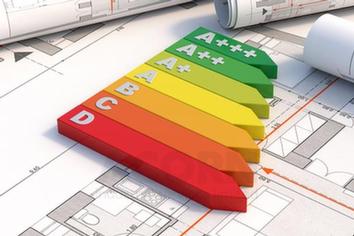
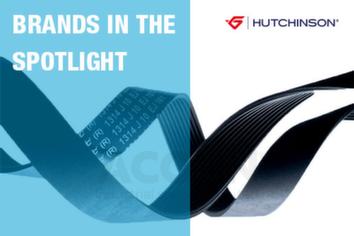
Bushings are mechanical components that provide a shock-absorbing and vibration dampening connection between two parts. They reduce noise and wear by providing an isolating layer between the two parts they connect.
They are used to constraining, guide, or reduce friction in rotary or linear applications. Bushings improve system performance by improving load distribution, reducing dynamic deflections, and allowing room for thermal expansion
Bushings work by providing a buffer between two surfaces, typically made of a material that is softer than the surrounding materials. They slide over rods or shafts to provide an extremely low-friction motion.
Their shape and means of operation are great at absorbing shock, which extends the life of all the machine parts surrounding it and reduces noise and vibrations.
Technically, a bushing is a type of bearing. In general, a bearing facilitates movement between two parts while reducing friction. Bearings can rotate around an axis, while bushings cannot.
Bearings are used in high-speed and high-load applications, while bushings are used in low-speed and low-load applications. To summarise: a bushing is a bearing, but a bearing is not always a bushing
When bushings wear out, they can cause your vehicle to feel loose or unstable. This can make it harder to control your vehicle, particularly around corners or when driving on uneven roads.
Worn-out bushings may also cause your tires to wear out more quickly. You might hear clunks, rattles, or squeaking sounds, especially when driving over bumps, potholes, or uneven surfaces. Driving around with worn-out bushings can pose a threat to the driver and other road users. Worn-out bushings may also cause damage to the vehicle when its components snap.